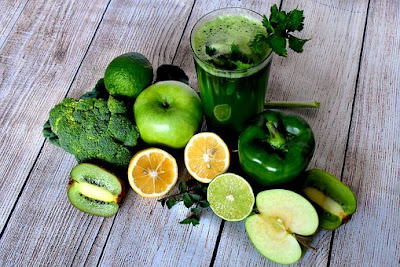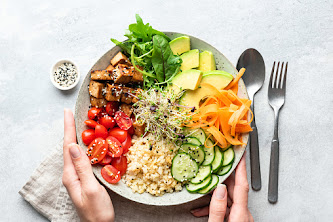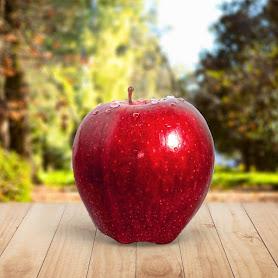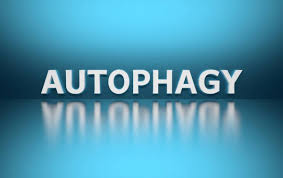What is a glycemic index?
Glycemic Index measures how a carbohydrate-containing food raises sugar levels in blood in comparison with reference glucose taken within 2 hours.
Glycemic Index values range from 0 to 100.
The Glycemic Index Foundation classifies the GI of food as follows:
What is glycemic load?
Another measurement is the which considers the number of carbohydrates in a portion of food.
Some experts believe that the glycemic load helps to give a more accurate picture of how a food raises blood sugar than the glycemic index.
What is the importance of the Glycemic Index?
 |
| Low GI Foods |
Low Glycemic Index value foods are suitable for Diabetic Patients.
The glycemic index can help people to choose healthful foods that are lower in sugar and carbohydrates.
This approach might help people who want to lose weight or manage conditions such as diabetes, hypertension, obesity, arthritis, fatty liver, etc.
Food with low GI value is more slowly digested, absorbed, and metabolized and therefore causes a lower and slower rise in the level of blood glucose and keeps its level consistent.
A diet focused on foods with low GI value is very much helpful in managing obesity-related problems like high blood sugar, high blood pressure, low back pain, arthritis, heart diseases, gallstone diseases, insulin-resistant diabetes mellitus ie type 2 diabetes mellitus, etc
So have a glance at the glycemic index of different types of food and fruits that you are eating and try to manage your diet plan accordingly and keep yourself healthy and fit.
Foods with High Glycemic Index, GI > 70:-
 |
| High GI Foods |
- High sugar beverage
- Candy
- White Rice
- white and whole wheat bread
- Sweetened fruit juice
- Backed potato
- French fries
- Pizza
- breakfast cereals and cereal bars
- cakes, cookies, and sweet treats
- high GI fruit, such as watermelon, although it has a low glycemic load
- dried fruits such as dates, raisins, and cranberries
- Fruits like pumpkin, pineapple, etc
- crisps and rice crackers
- White pasta
Foods with Low Glycemic Index, GI < 55:-
 |
| Low GI Foods |
- Stone-ground whole wheat
- Oatmeal
- Sweet potato, Corn, legumes, lentils Peas
- high protein foods, such as lean meat and fish
- dairy products, such as milk and natural yogurt
- unsweetened soy milk
- vegetables, such as cucumber, carrots, radish broccoli, green peas, and leafy greens
- Most low-sugar fruits, such as apples, oranges, and blueberries
- porridge made with steel-cut oats and water
- legumes, pulses, and beans such as chickpeas, lentils, and kidney beans
Foods with GI < 10:-
- Kidney and Black beans
- Cereals made with 100% bran
- Whole-grain slices of bread
- Whole wheat bread
- Lentils
- Milk
Fruits with GI < 10:-

Low GI Fruits

- Almond
- Apples
- Cashews
- Peanuts
- Walnuts
Vegetables with GI < 10:-
- Carrot
- Radish
- Green peas
- Tomato juice
- Onions
Fruits with Low Glycemic Index, GI values of these fruits in increasing order:-
- cherries
- grapefruit
- dried apricots
- pear
- apples
- oranges
- plums
- strawberries
- peaches
So by knowing the GI values of food whatever you are eating, you can roughly manage the rise or fall of sugar level in your blood.
A low glycemic diet uses the glycemic index to determine which foods are less likely to impact blood sugar levels significantly. Choosing low glycemic foods may help to improve blood sugar regulation and may be beneficial for weight loss.
Everyone can benefit from understanding and monitoring the glycemic load in their diet. Because the food you eat has a great impact on your health. All of you better knows the bad impact of high sugar level on your body.
So by curtailing the foods with a high glycemic index you can manage all the metabolic diseases like arthritis, diabetes mellitus, high blood pressure, thyroid dysfunction, etc. You should also know that how much diet you need according to your weight, height, and work profile, ie Recommended dietary allowance (RDA).
Health Disclaimer
This blog gives general information and discussions about prosperity and related subjects. The information and different substances are given in this blog, or in any associated materials, are not arranged and should not be deciphered as clinical guidance, nor is the information a substitute for capable clinical capacity or treatment.
If you or some other individual has a clinical concern, you should converse with your clinical consideration provider or search for other clinical treatment. Never disregard capable clinical direction or delay in searching for it because of something that has been examined on this blog or in any associated materials. If you figure you might have a wellbeing-related emergency, call your family physician or emergency helps immediately.
The sentiments and points of view imparted on this blog and webpage have no association with those of any academic, clinical center, prosperity practice, or other association.







No comments:
Post a Comment
If you have any comment regarding my blog please let me know